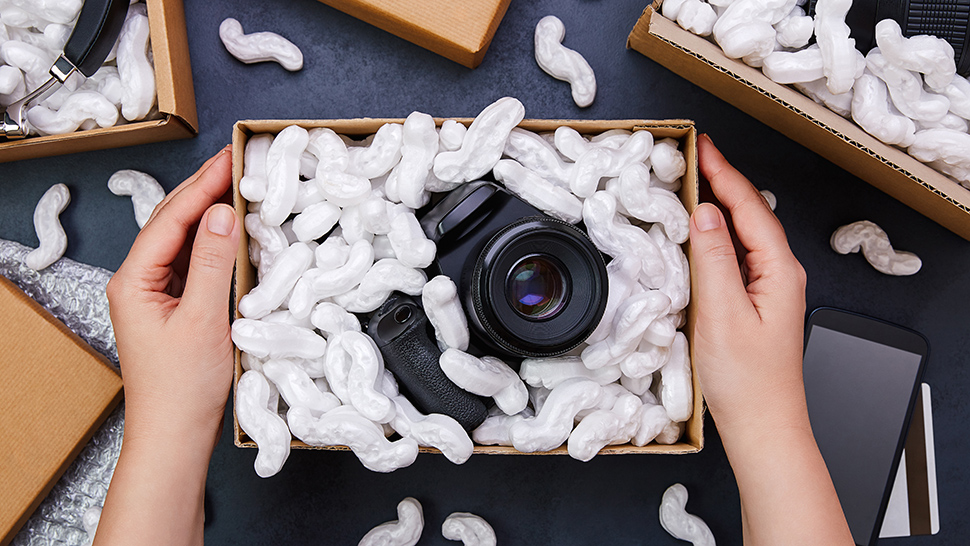
I review cameras and technology for a living, so I love an unboxing experience. Unboxing cameras and technology in general has been one of my favorite things about the job I’m fortunate enough to do. But unboxing a new camera is even more special when you don’t do it for a living and when the camera is one you’ve saved up for and purchased yourself.
I remember unboxing the first Canon DSLR that I’d bought, the EOS 40D. Back in 2007, when that camera was released, it came with the iconic black and red embroidered EOS Digital neck strap, a battery charger and power cable, a USB cable, a manual, a video cable and a disc with Canon’s RAW conversion software. Everything was wrapped in plastic, keeping it shiny and fresh. I treasured every item. After reading the manual and installing Digital Photo Professional, I put the accessories back in the box. When it was time to upgrade, I passed the camera to a friend’s sister, box and all, so that she could enjoy unboxing her camera, just as I had.
We live in different times today. Due to environmental concerns and consumer preferences, packaging is changing. Smartphone companies like Apple and Samsung made some noticeable changes from a consumer point of view, reducing e-waste by removing manuals and charging bricks from their devices – a logical step, as most people have chargers that are compatible with new devices. It was for this reason that the European Union announced a new directive to require all smartphones and similar electronic devices to adhere to the USB-C charging standard by the end of 2024.
Tech accessory giant Belkin is also leading the way in reducing the use of single-use plastics and virgin paper fibre. By replacing up to 75 percent of the plastics used in its new products with post-consumer recycled materials and switching to Forest Stewardship Council (FSC) certified recycled papers, Belkin is aiming to achieve plastic-free packaging in the near future and has funded the recycling of 28,524 tons of e-waste since 2009.
In the camera world, Sony and Canon have taken big strides to reduce plastic packaging. Sony has begun wrapping cameras and accessories in paper and plant-based fabrics where possible, as well as reducing box contents. Like Canon, it now uses recycled plastics in the production of some cameras and accessories. The recently launched Sony A6700 had all its charging accessories removed. Panasonic removed the battery charging brick from its Lumix S5 IIX package, released last May, but still included a USB-C cable. We’re seeing retailers take action, too, promoting brands that deploy more sustainable practices. Used camera specialist MPB has also introduced plastic-free padding and packaging.
Consumers are increasingly showing a preference for brands and products that are doing genuine good in these areas, but it’s important to remain vigilant of superficial claims and attempts at greenwashing. Look at the detail behind the claims, because claiming to use recycled materials isn’t enough. Is the packaging FSC or similar certified? What percentage is sustainably sourced?
Does the use of eco-friendly materials and practices factor into your camera and kit purchases? The shift has become more apparent in the past few years and I’ve been impressed by those brands making sustainable choices. While it may significantly reduce the fun of the unboxing experience, a future with fewer single-use materials is one I’d love to see.
Read more of Jon Devo's Scanning Ahead blogs
Read more:







